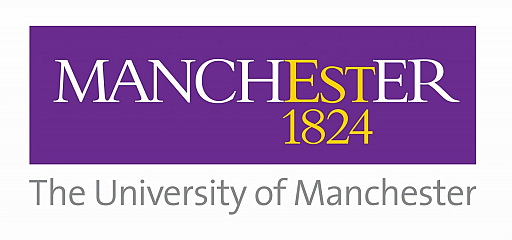Unique art project showing how artificial and natural sight have been combined for the first time in history launched at Manchester Science Festival
An exciting new art project is exploring the damage of sight loss caused by Age Related Macular Degeneration (AMD) and the use of the ground-breaking bionic eye for vision restoration.
Artist, Lucy Burscough is bringing the pioneering work of Paulo Stanga, Professor of Ophthalmology and Retinal Regeneration, to life with Ocular Bionica, an exquisitely painted stop-frame animated film made in a hospital setting with support from Arts Council England’s National Lottery funded Grants for the Arts programme.
Professor Stanga, Consultant Ophthalmologist and Vitreoretinal Surgeon for the Manchester Vision Regeneration (MVR) Lab at Manchester Royal Eye Hospital (MREH) and NIHR/Wellcome Trust Manchester Clinical Research Facility, undertook the world-first procedure to implant dry AMD patient, Ray Flynn, with the Argus® II ‘bionic eye’. Ray is the first person in the world to have combined artificial and natural vision.
The art project tells the story of Ray, who underwent the four-hour operation to have the bionic eye implanted in June 2015. With the Argus II system switched on, Ray is able to make out the outline of people and objects even with his eyes closed. With his eyes open, Ray successfully combines vision from his artificial vision with his remaining natural vision. Lucy’s film is a world first – because it shows what this looks like for Ray.
Lucy spent time interviewing Ray about how he got involved in the clinical research trial and his experiences of taking part. She has painted detailed and vivid pictures including Ray, Professor Stanga and his team, to illustrate the development of the study and how it came to change Ray’s life.

Lucy Burscough
Lucy said:
This work has been inspired by remarkable, cutting-edge technologies that hint at a future of biomedical bionics and the hacking of humanity. The film seeks to show viewers the world through Ray’s eyes, both before and after the device was fitted.
”The film was created in Lime Arts Studios, actually on site in CMFT and follows my previous work including celebrating Manchester Royal Eye Hospital’s 200th anniversary in 2014.
“I am intrigued by perception and the differences between how different people see the same things. I am also interested in finding narratives in biomedical science and showcasing clinical research to a wider audience. I hope that the film inspires people to find out more about research here at Central Manchester University Hospitals NHS Foundation Trust.”
Professor Stanga, who is also Professor of Ophthalmology & Retinal Regeneration at The University of Manchester and Principal Investigator on the trial to test the usefulness of the Argus II in patients with total central vision loss due to AMD, said: “Lucy’s work depicts two unique aspects of sight loss for the very first time, which greatly adds to our understanding – and empathy with – a blind patient’s experience.
The first is that Lucy has interpreted Ray’s ability to successfully combine artificial vision from the Argus II in his central visual field with his remaining natural vision, which is at the periphery of his sight.
“On a personal level, this is a very moving as well as an exciting experience, to literally see through Ray’s eyes and experience the real visual function benefits Ray has gained from his artificial vision. The film clearly shows how the Argus II system provides basic shapes and outlines of objects (or people) to fill in a gap in the centre of Ray’s sight destroyed by AMD, while he is still able to discern detail and colour using his natural vision, not affected by the AMD, at the corners of his eye.
“Ray is only one of five people in the world who have been implanted with the Argus II on the current AMD trial at Manchester Royal Eye Hospital, to have combined natural and artificial vision. Ray is a very special bionic man, and thanks to Lucy, to be able to see through his eyes, will help people to understand more fully, the real impact that artificial vision can make to blind individuals.”

Audenshaw resident Ray (aged 81), who once had dinner with LS Lowry at the Grand Hotel in Manchester said: “I was delighted to be asked to take part in the film. I very much enjoyed working with Lucy, who visited me on two occasions to take photos and recordings. Art’s an excellent way of explaining medicine and research, and I’m looking forward to seeing the film for the first time.”
The film will be on exhibition at the Manchester Museum 27–30 October 2016. Further information is available on Lucy’s website and the project’s Twitter and Facebook feeds.



